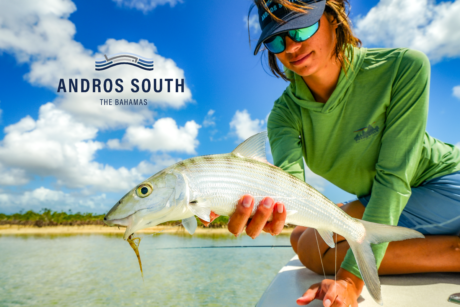
With Alaska West Lodge and Rapids Camp Lodge wrapped up, we’re trading in our waders and thermals for shorts and sunshirts! As it’s bonefishing season! We’re confident there are a lot of Trout and Salmon anglers who have an inkling of bonefishing and have questions.
Obviously, if you’re a seasoned bonefish angler, this is not for you. You can skip to the next part and contact us to book your next trip to Andros South Lodge.
1. Why is it called ‘bonefishing’? Are you using some kind of bone? Simply said, bonefishing is fishing for a certain kind of fish. Bonefish are medium-sized saltwater fish, typically weighing between 1 and 15 pounds, and they eat in extremely shallow water. One of the two possible explanations for their name is that they have a bony covering over their eyes or that their flesh is extremely bony.
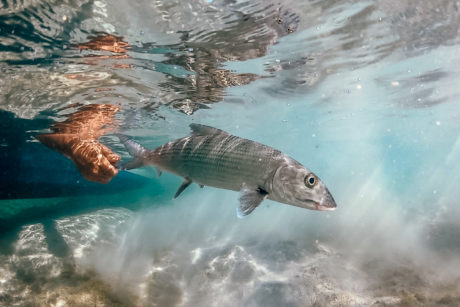
2. So, if you’re fly fishing for bonefish, does that mean bonefish eat bugs? No, bonefish consume worms, baitfish, tiny shrimp, crabs, and more. When we fly fish for bonefish, the “flies” are tied to mimic the tiny fish and crustaceans.
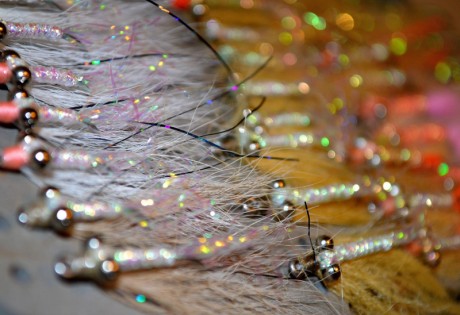
3. I’ve heard bonefishing is really hard. Is it? Bonefishing is very different from trout fishing, and while it might be challenging, it is not any more or less challenging than trying to catch an elusive trout. It’s just different. People of all skills and abilities enjoy bonefishing. With the guidance of our professional Bahamian guides, anyone, even guests who have never fished in their lifetime before, can catch bonefish.
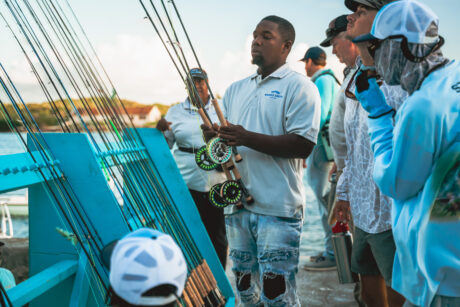
4. How far do you have to cast? Not as far as you think.
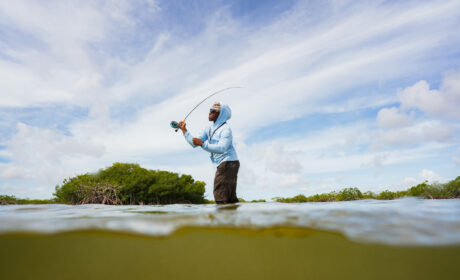
5. Everybody talks about catching bonefish in creeks and ponds – do they live in freshwater? Saltwater is the home of bonefish. On South Andros Island, intricate sections of flats and waterways submerge as the tide comes in. Despite being entirely saltwater, tidal creeks are places where the tide runs in and out like a stream. The same is true with tidal ponds, which are rather circular pools of salt water created by the tide.
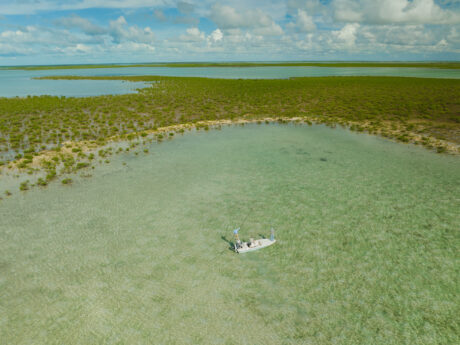
6. Do you catch bonefish wading or fish from a boat? Both! Bonefish can occasionally be caught by wading on hard-bottom flats. The term “poling” refers to fishing from a boat.

7. What’s the long pole for? What’s the platform over the motor for? Since the water is too shallow and the motor might frighten the fish and cause you to move too quickly, you should avoid using the motor when fishing for bonefish from a boat. Instead, the guide pushes the boat around with a push pole after climbing up on the poling platform, which is the deck above the motor. The guide can see into the water and identify fish much more easily because of the higher platform. When fishing, the long pole aids in regulating the boat’s location, speed, and direction.
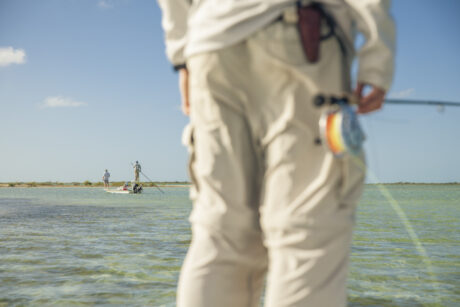
8. What does ‘tailing’ mean? Bonefish frequently feed in shallower water than their length. They eat primarily from the bottom of an apartment, so when they do discover food, they suck it in by tipping their bodies down and sticking their noses in. Their tail rises when their noses dip down, frequently to the point that it protrudes from the water. Simply put, a “tailing bonefish” is a bonefish with its tail protruding into the air.
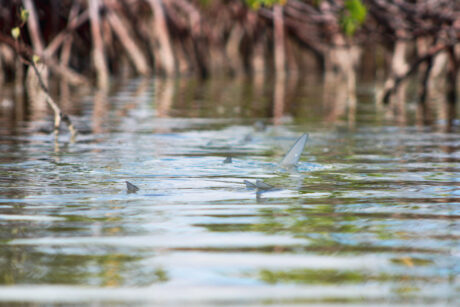
9. What kind of rod do you use? A 9-foot, 8-weight rod with a leader that is roughly 9 feet long and a floating line is the usual rod for bonefishing. Because they cast better in the wind, faster-action rods typically perform better while bonefishing.
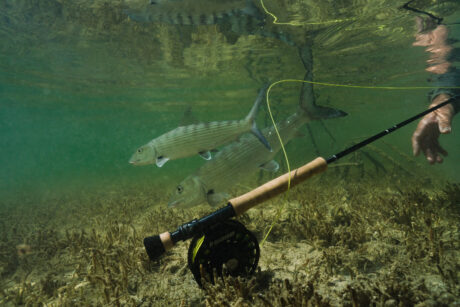
Bonus Information about Bonefishing:
?Availability late April/early May 2026. ?Travel from Charlotte, NC
?permit possible.